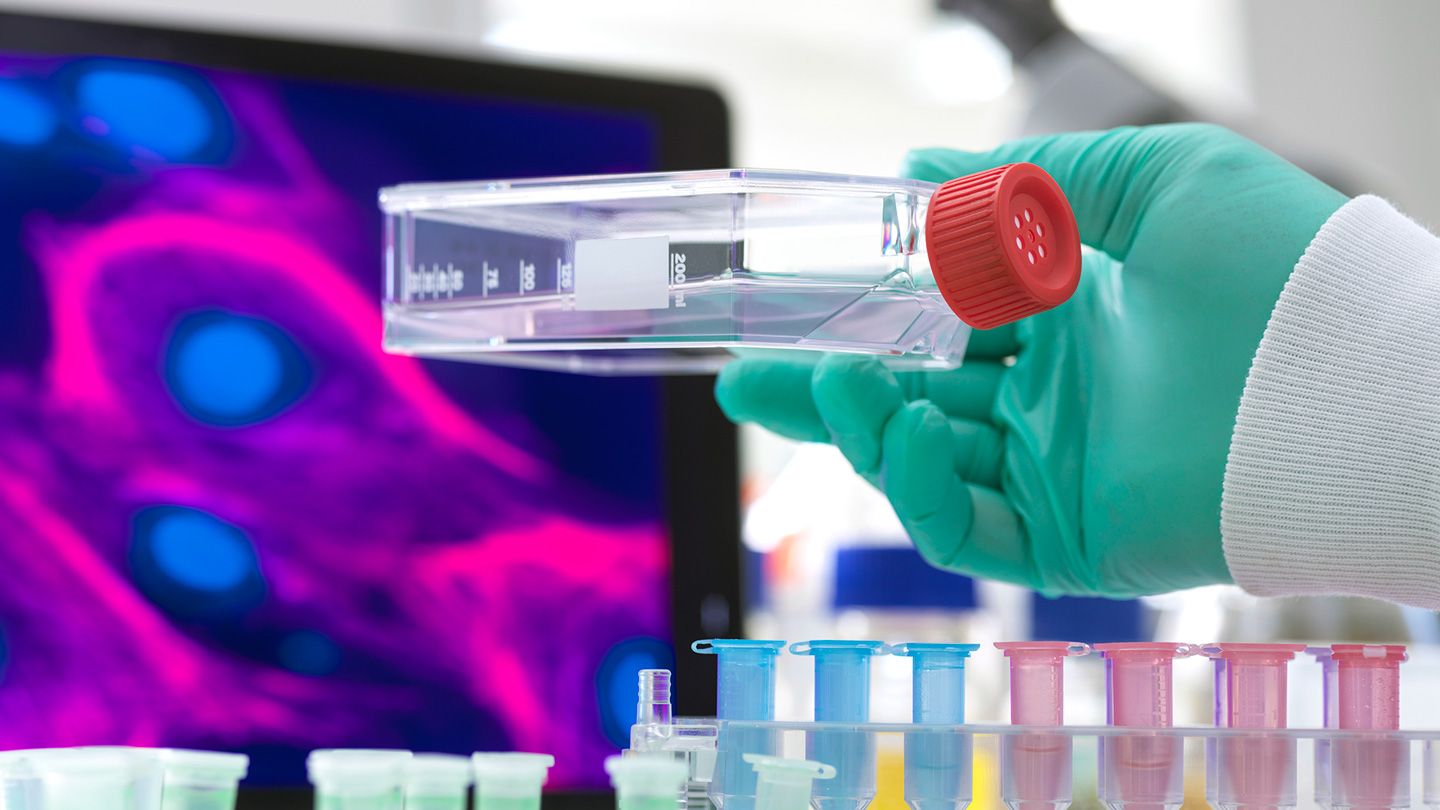Calls for Ukraine
Calls for Europe
Calls for USA

Type II diabetes mellitus is a disease with an incompletely elucidated nature, in which the
cells of all tissues and organs in which insulin receptors are present stop responding to
insulin, thus the blood glucose level constantly remains above normal. This condition is
pathological, and it causes disturbances in peripheral tissues and vessels. Frequent
consequences are:
In addition, patients with diabetes mellitus are regularly at risk of hypoglycemia or
hyperglycemia these are states when the level of glucose is too low or too high what makes a danger for patients live.
Risk factors for the development of diabetes mellitus are genetic, overweight, decreased
motor activity. Despite the fact that lifestyle changes significantly reduce the risk of
developing the disease, risk factor management does not allow avoiding diabetes mellitus
or reliably predicting which group of patients it will occur and what its severity will be.
The standard methods of treating diabetes mellitus are diet, drugs that reduce blood sugar
levels and insulin injections. All these measures lead to a partial result, but not to a full
recovery or to the possibility of avoiding restrictions in life.
Stem cells make it possible to achieve cellular regeneration in a natural way. When stem
cells are exposed to the body, the cells capable of receiving insulin become the same as
similar cells in younger patients, and, accordingly, perform their functions in this way as
younger cells.
The possibilities of cellular recovery depend on the degree of the disease and on the type
of stem cells.
Stem cells are divided into several types.
The mechanism of treatment consists of the following stages. Venous blood is taken from
the patient (in rare cases, bone marrow). If venous blood is used for sampling, an apheresis apparatus is used for the procedure. To do this, the patient is fitted with an intravenous catheter. The catheter has a cannula (septum) in it, which allows you to separate the blood flows — the blood that leaves the patient’s body goes to the stem cell isolation apparatus, and the blood that has already passed the stem cell isolation process returns to the patient’s body through another opening of the same catheter. When the patient’s blood enters the apheresis apparatus, the blood used is centrifuged, which makes it possible to separate its shaped elements, and passes immunological methods of isolating stem cells. Stem cells are placed in liquid nitrogen and stored at a temperature of 150 degrees. If it is necessary to inject these stem cells back into the patient’s body, they are either injected in a concentrated manner into the necessary area or organ (by injection into an artery that supplies blood to the corresponding organ) or, as in the case of diabetes mellitus, into the general bloodstream. If stem cells are injected into the patient’s blood supply system, most likely, before being injected into the patient’s body, hematopoietic factors — drugs that will cause stem cells to divide and thereby increase the number of stem cells — will be required to influence stem cells.
In the case of taking stem cells from adipose tissue, the material for isolating stem cells is
taken using a special needle with a large cannula under local anesthesia.
If necessary and in the presence of complications, additional tests may be prescribed to the patient.
The procedure is not carried out:
No, but the age of the patient affects the choice of the type of stem cells. Children and
young patients will most likely be assigned their own stem cells, elderly patients will be
given culture cells if they do not have their own stem cells stored in a cell bank.
The procedure can cause deterioration of the patient’s condition and rejection reactions, no serious health consequences have been recorded.
Some patients manage to completely get rid of insulin injections, most patients become
able to reduce the dosage and stop vascular side effects.
It depends on the selected cell type, the patient’s condition and the patient’s response to
treatment. On average, from 2 to 5 procedures are required, but only the doctor can tell
how much a particular patient will need after examinations. The interval between
injections is 2.5-3 weeks.
Please rate the work of MedTour
